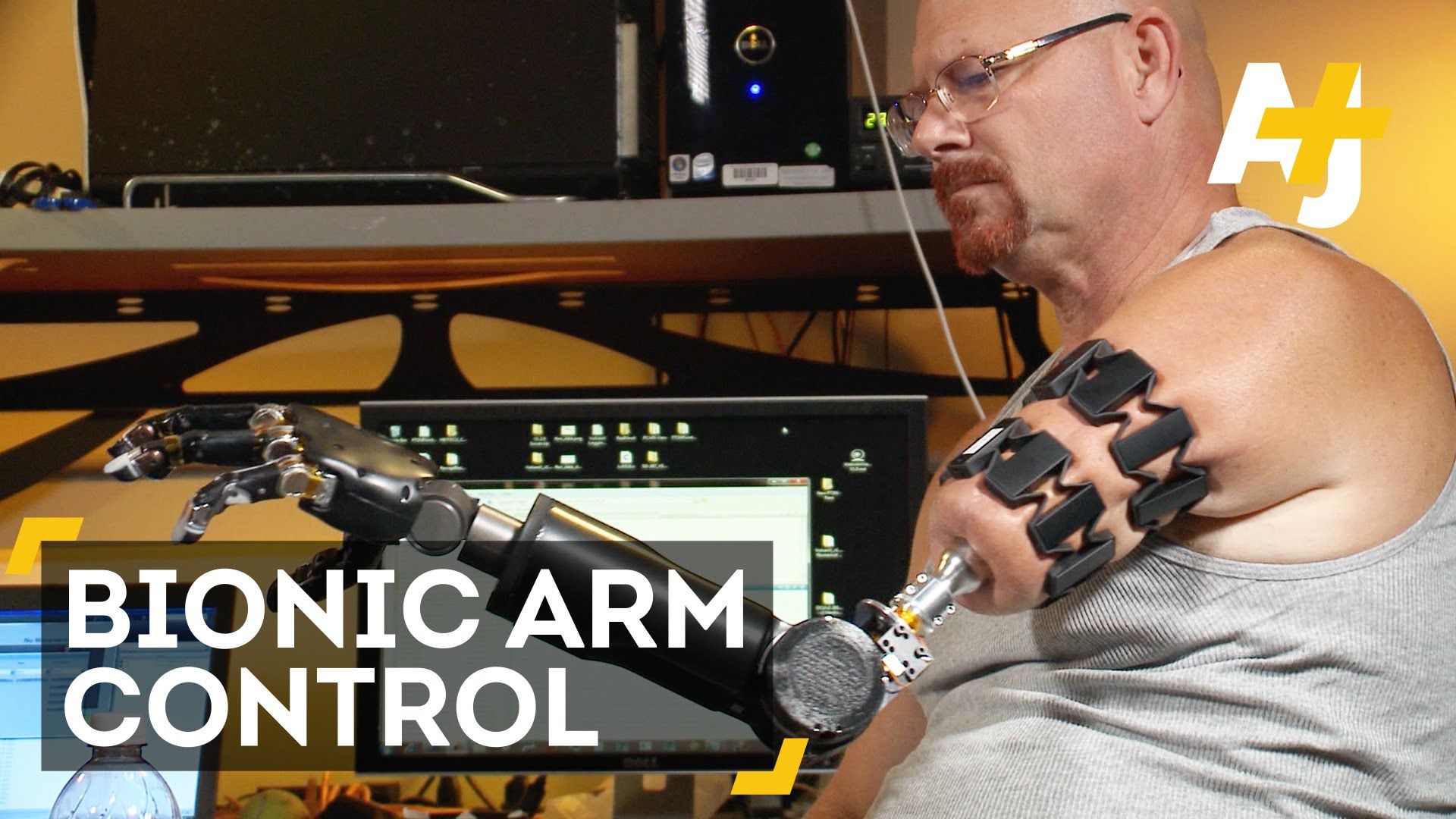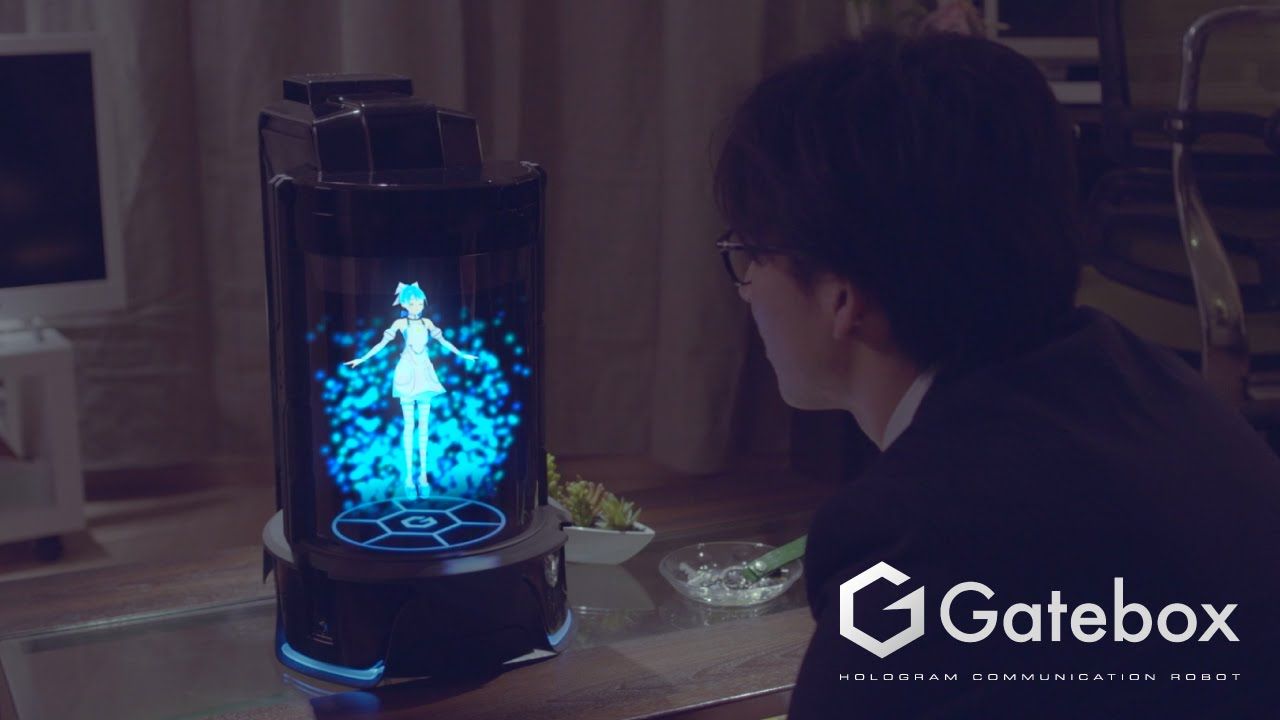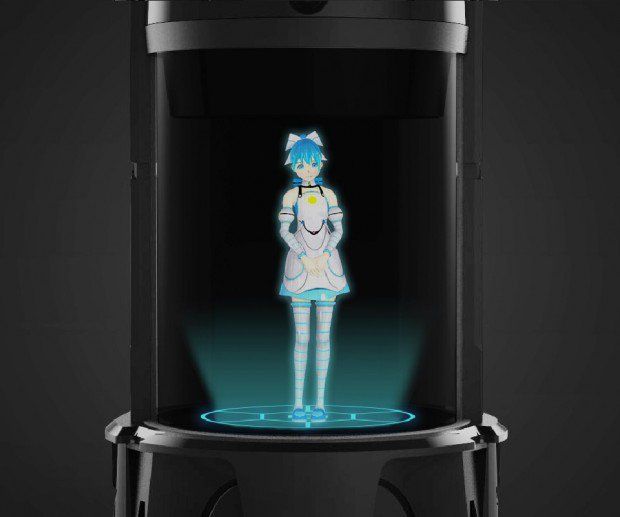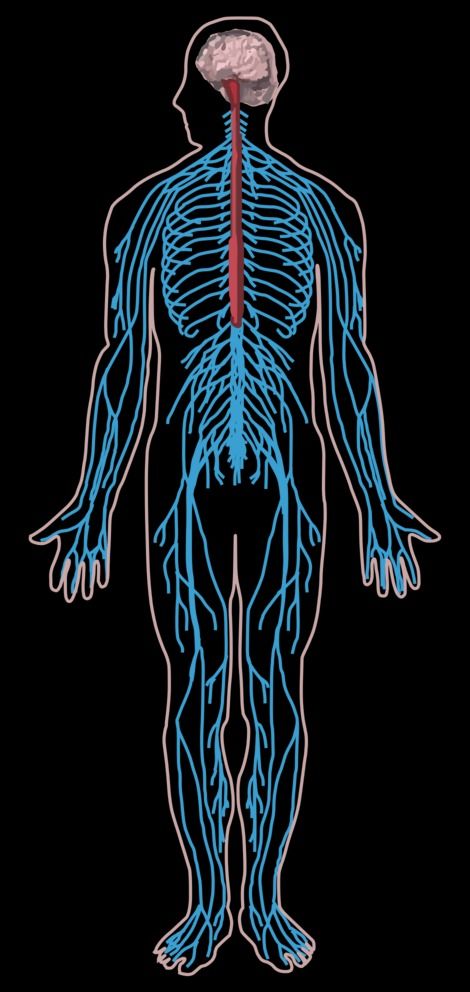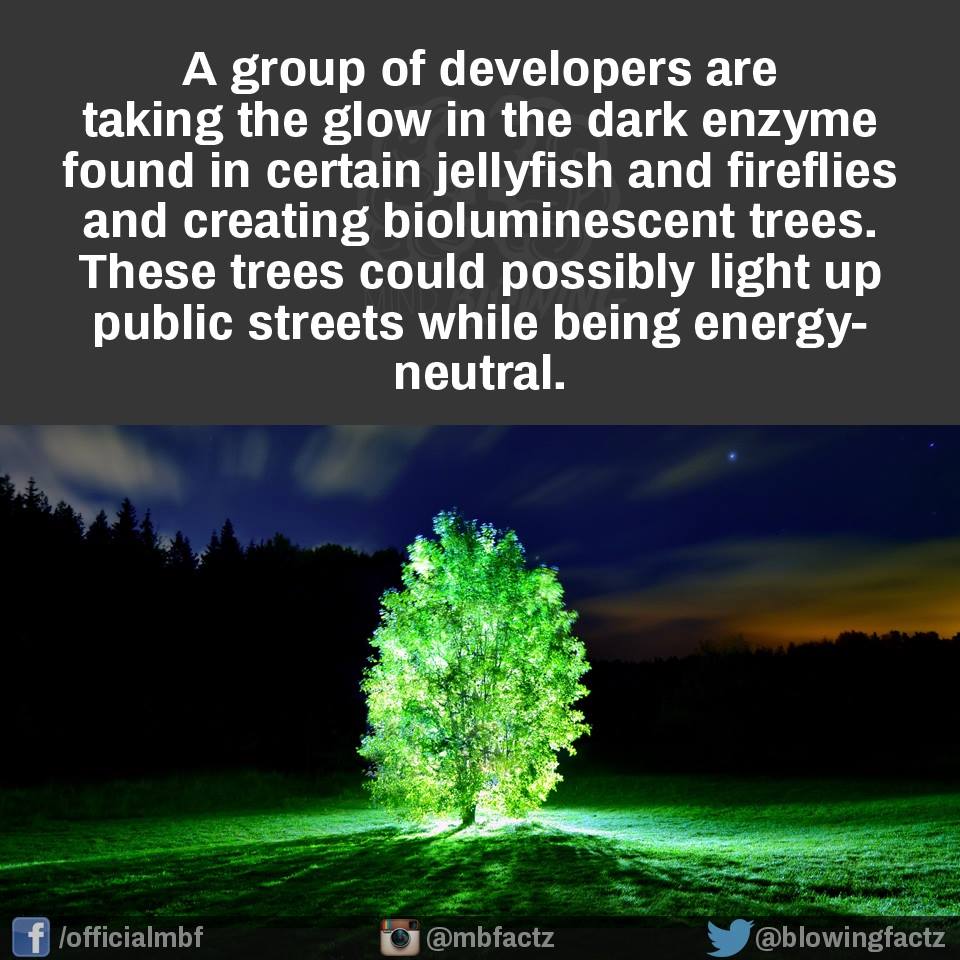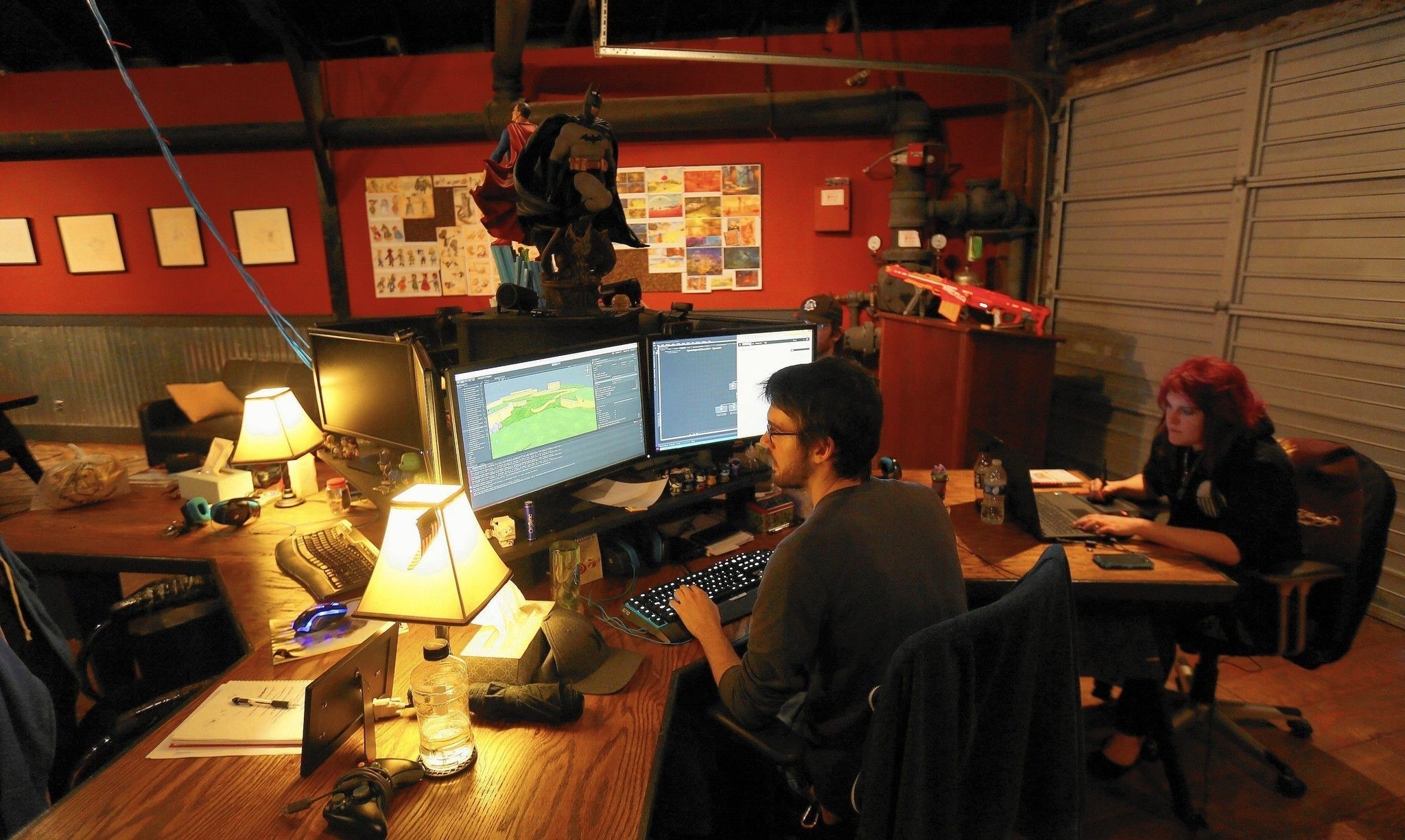
There is enough wealth for all of us. What if we decided that every human being has a right to income security? How could a basic income change our lives? Could this relieve our society from the stress and anger that comes with the rising inequality?
Featuring: Guy Standing (economist, UK), Phillippe Van Parijs (philosopher, co-founder European Basic Income Network, BE) Enno Schmidt (Co-initiator of the Swiss Citizen’s Initiative on Basic Income, CH) Daniel Hani (Co-initiator of the Swiss Citizen’s Initiative on Basic Income, CH) Roland Duchatelet (entrepreneur, BE) Francine Mestrum (researcher on social development, BE) Dirk De Wachter (psychotherapist, BE) Sarah Van Lieferinge (Pirate Party, BE) Claudia & Dirk Haarman (Researchers Basic Income Grant project Namibia, NA) Bischop Kameeta (current Minister of poverty aleviation, NA) Ismael Daoud, Pierre & Axelle Catelin (calculated a possible basic income, BE) …
Read more
